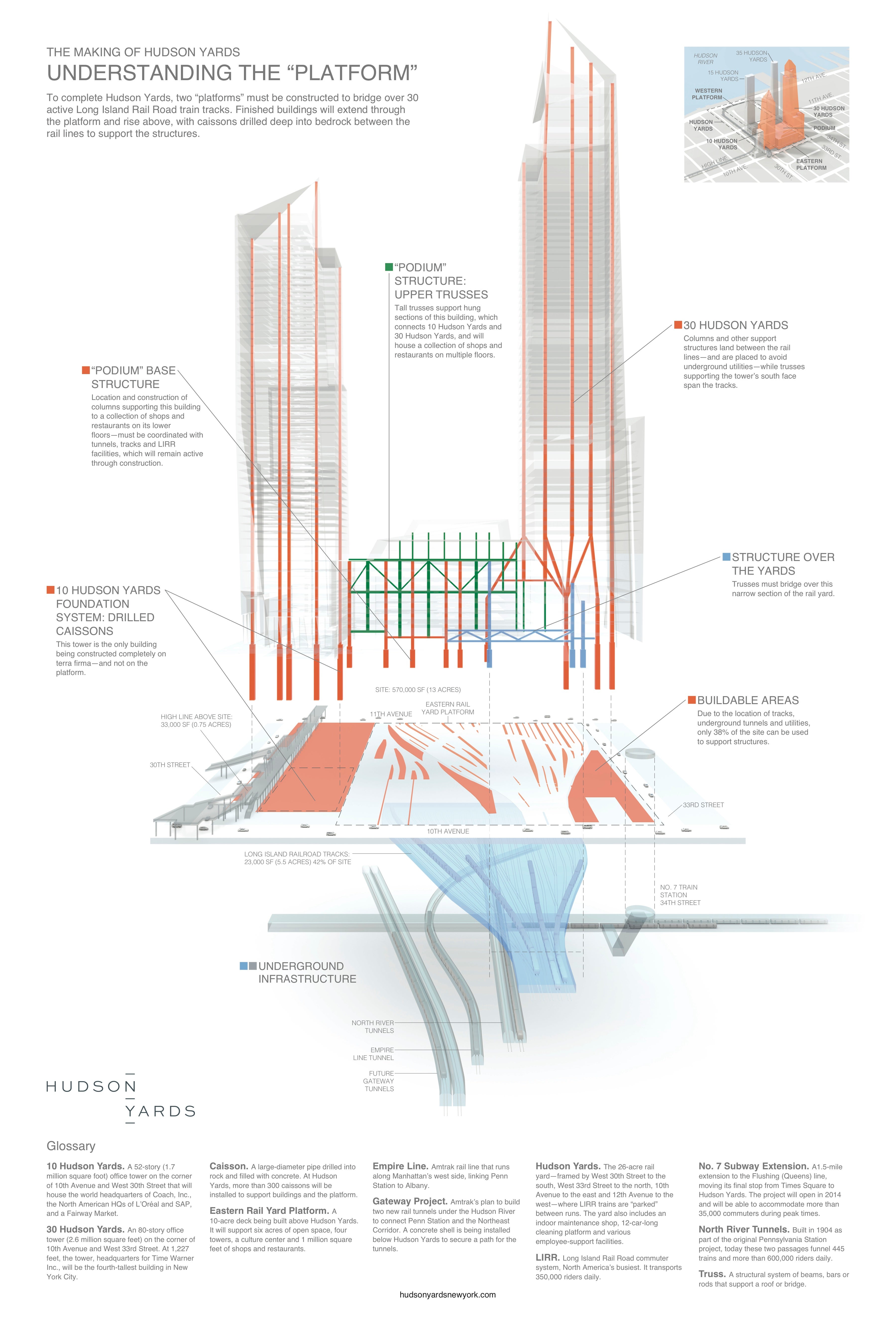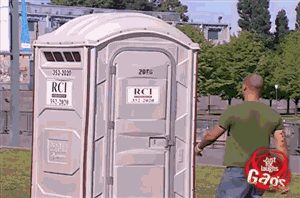-
SCAM WARNING! See how this scam works in Classifieds.
You are using an out of date browser. It may not display this or other websites correctly.
You should upgrade or use an alternative browser.
You should upgrade or use an alternative browser.
The FC GIF Thread!
- Thread starter SmokingElectricity
- Start date
-
- Tags
- gif
grokit
well-worn member
How NYC's Newest Neighborhood Will Float Above an Active Train Yard
In Manhattan this spring, crews are ramping up work on Hudson Yards, the largest private development in US history. But what's fascinating about this new mega-development aren't just its buildings. It's the fact that they will float above an existing train depot on a massive artificial foundation. We got an early look at how it's being built.
To begin with, crews will drill 300 caissons—essentially, large column-like pipes—into the bedrock below the tracks, filling them with concrete:

Builders have been doing this in NYC for ages—just look at the Brooklyn Bridge. A century later, this feat will be just as complicated: Because trains will continue to run through the yard, crews will sink the caissons in sections, avoiding the moving trains, drilling as deep at 80 feet into the bedrock below the West Side.

Once the caissons are in place, work will begin on a massively heavy, incredibly strong platform—a foundation perched on columns. This work will go piece-by-piece too, all to ensure the safety of the train drivers and the construction crews both:

But the most difficult bit will come at the narrow neck of the rail yard. Here, the trains form a dense thicket of activity, and there's no room for massive caissons. Instead, crews will built a series of trusses across the rail yard:

Then—then!—come the buildings. Skyscrapers, apartment complexes, restaurants, a public school. Some 17 million square feet of office and residential spaces. 14 acres of public land. Hotels, shops, a theater. All that and more will sit perched on what amounts to a bridge—a bridge that supports thousands of people and no fewer than three skyscrapers.

By the time the platform is complete, workers will have installed 25,000 tons of steel (more than half of the Williamsburg Bridge) and 14,000 cubic yards of concrete. It will weigh more than 35,000 tons. For comparison's sake, the bridge portion of the Brooklyn Bridge weighs around 14,680 tons.

In Manhattan this spring, crews are ramping up work on Hudson Yards, the largest private development in US history. But what's fascinating about this new mega-development aren't just its buildings. It's the fact that they will float above an existing train depot on a massive artificial foundation. We got an early look at how it's being built.
To begin with, crews will drill 300 caissons—essentially, large column-like pipes—into the bedrock below the tracks, filling them with concrete:

Builders have been doing this in NYC for ages—just look at the Brooklyn Bridge. A century later, this feat will be just as complicated: Because trains will continue to run through the yard, crews will sink the caissons in sections, avoiding the moving trains, drilling as deep at 80 feet into the bedrock below the West Side.

Once the caissons are in place, work will begin on a massively heavy, incredibly strong platform—a foundation perched on columns. This work will go piece-by-piece too, all to ensure the safety of the train drivers and the construction crews both:

But the most difficult bit will come at the narrow neck of the rail yard. Here, the trains form a dense thicket of activity, and there's no room for massive caissons. Instead, crews will built a series of trusses across the rail yard:

Then—then!—come the buildings. Skyscrapers, apartment complexes, restaurants, a public school. Some 17 million square feet of office and residential spaces. 14 acres of public land. Hotels, shops, a theater. All that and more will sit perched on what amounts to a bridge—a bridge that supports thousands of people and no fewer than three skyscrapers.

By the time the platform is complete, workers will have installed 25,000 tons of steel (more than half of the Williamsburg Bridge) and 14,000 cubic yards of concrete. It will weigh more than 35,000 tons. For comparison's sake, the bridge portion of the Brooklyn Bridge weighs around 14,680 tons.


































